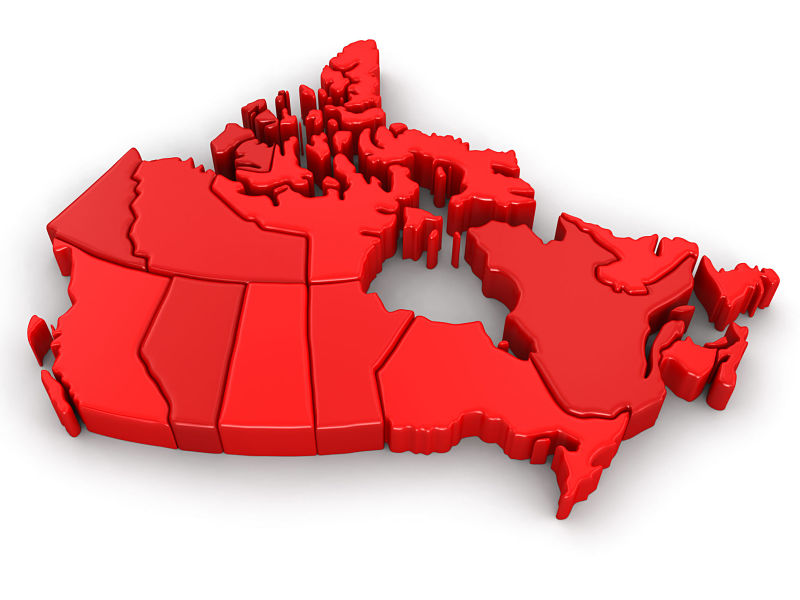
British Colombia’s economy is expected to outperform its provincial peers for the 2020–21 period, the Conference Board of Canada says, while Ontario and Quebec would have fared worse during the pandemic had it not been for financial sector employees and other business services industries working remotely.
B.C. was expected to experience less severe economic fallout than other provinces because it was in a better fiscal position heading into the Covid-19 pandemic, allowing it to provide large amounts of fiscal stimulus, according to the think tank’s economic outlook released on Monday.
Also, along with P.E.I. and Manitoba, lower per capita Covid-19 cases mean B.C. would likely suffer smaller economic declines.
The report forecasted a relatively modest contraction of 5.5% for B.C. in 2020, and an expansion of 6.7% in 2021.
While Canada’s economy is expected to continue its recovery over the rest of the summer and fall, the large economic hit in the first half of 2020 — GDP fell by more than 2% in Q1 and more than 12% in Q2 — will drag GDP down by 8.2% for the year, the report forecasted.
The Conference Board said Canada’s GDP was set to expand by 6.7% next year, though the economy likely won’t to return to its pre-pandemic level of output until the second half of 2021, as restrictions slowly ease.
Further, the Conference Board’s outlook depended “crucially” on U.S. developments, the report said. The surge in Covid-19 cases south of the border could lead to less household spending and subsequently less demand for goods from Canada.
“Canadian exporters will be hurt if U.S. economic growth drops below our current assumptions due to the inability of the Trump administration and the governors of Florida and other hard hit states to halt the spread of Covid-19,” the report said.
B.C. takes the lead during 2020–21
In addition to B.C.’s strong fiscal position before the pandemic, the province didn’t halt work on major energy projects, including LNG Canada’s terminal in Northern B.C.
Growth in Alberta, on the other hand, is expected to contract more than 11% in 2020 — the worst performance of all the provinces, the report said.
Alberta, Saskatchewan and Newfoundland were particularly hard hit because of the additional challenge of collapsing oil prices. Demand for oil and other resources was expected to remain weak into 2022, as restrictions related to air transportation continue, the report said.
However, Alberta was forecasted to post the best overall growth in 2021 (about 7.8%), as its economic activity rebounds fastest from this year’s lows.
After Alberta, New Brunswick was expected to have the greatest change in GDP growth in 2021, at 7.1%, in response to government stimulus and a gradual increase in global resource demand.
Ontario closely followed, with GDP growth forecasted at 7% in 2021, following a 7.6% contraction this year. Ontario and Quebec would have fared worse during the pandemic, the report said, had it not been for employees in the financial sector and other business services industries working remotely.
“Toronto’s key financial services sector remains in good shape, as job losses in this industry have been minimal,” the report said.
Still, Toronto remains an area of concern because its economic shutdown lasted longer than those of other regions, and its economy will be hurt by a decline in immigration.
Ontario will also be affected if a surge in Covid-19 cases in the U.S. results in ongoing decreased demand for the province’s exports.
Quebec’s GDP for 2020 was forecasted to grow by 5.3% in 2021, following a 7.2% contraction this year. While the province had the most Covid-19 cases and thus had to respond aggressively, its restrictions allowed it to restart non-essential industries earlier than in other provinces.
While job levels in most sectors in Quebec have recovered to 90% of their pre-pandemic levels, recovery will take time.
“Quebec’s aerospace industry has been hit especially hard by the Covid-19 pandemic and the resulting unprecedented decline in tourism and global air travel,” the report said.
The report’s forecasts were based on key assumptions, including ongoing physical distancing, no second outbreak of Covid-19 occurring, and a vaccine being widely available to Canadians by June 2021.
For full details on each province, read the Conference Board of Canada’s provincial outlook.